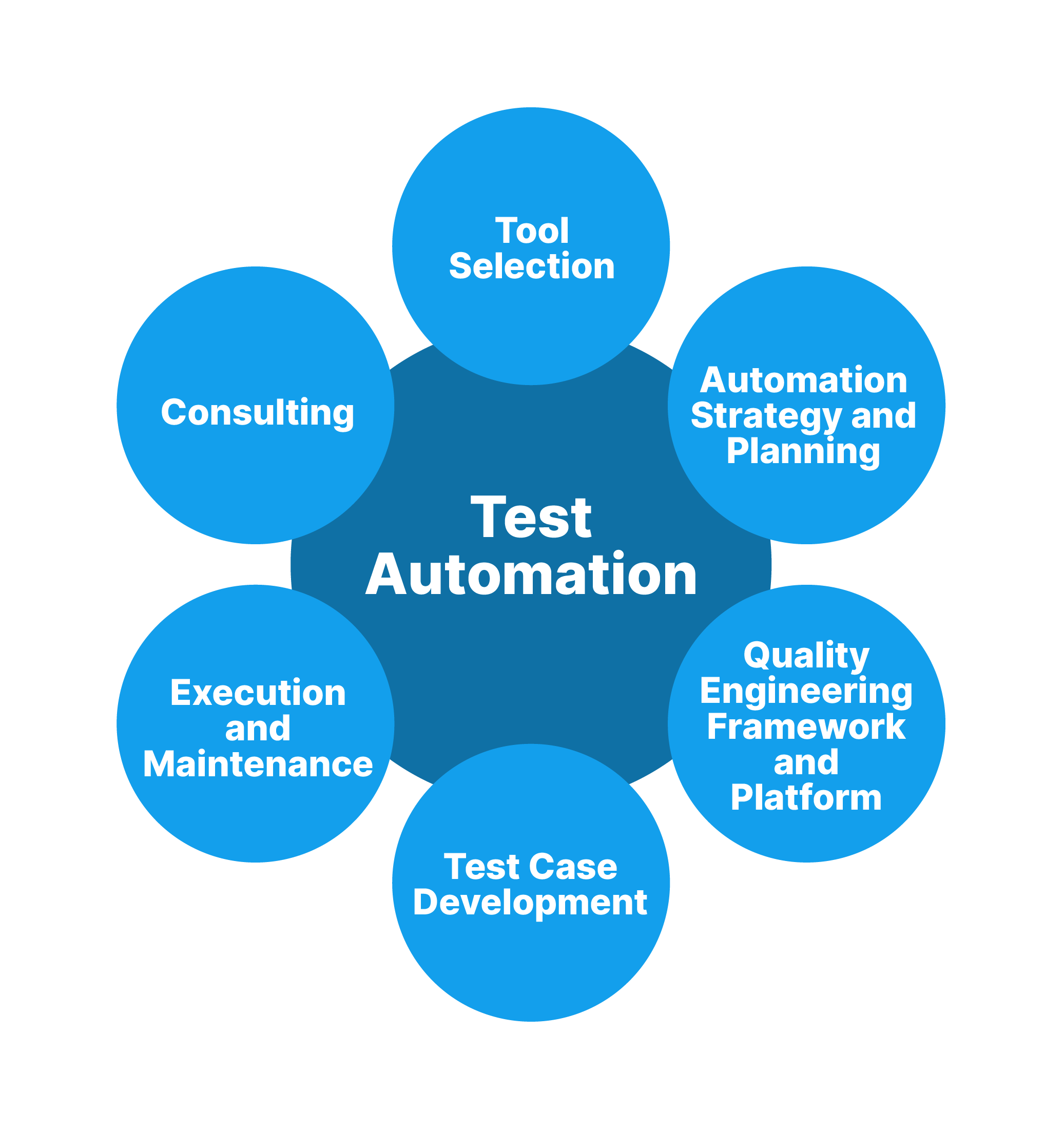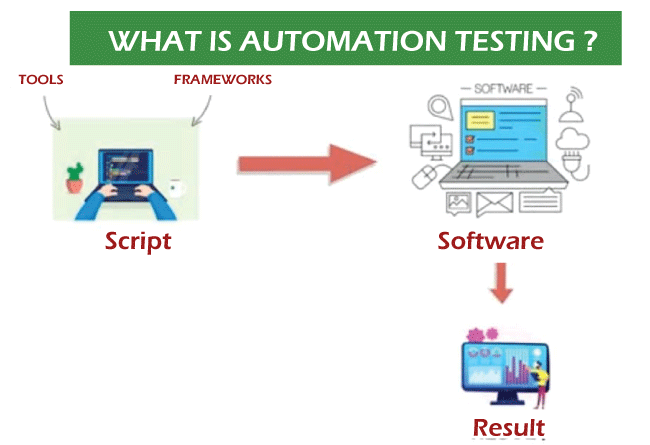From Handbook to Automated Screening: A Comprehensive Guide to Transitioning Smoothly and Efficiently
In the realm of software program testing, the change from handbook to automated procedures has become a progressively vital change for organizations looking for to enhance performance and accuracy in their screening practices. The trip from manual to automated screening is not without its obstacles, however when come close to tactically and with a clear strategy in mind, the advantages can be substantial.
Advantages of Automated Checking
Automated testing uses various advantages, enhancing effectiveness and accuracy in software program development processes. Automated tests can be run at the same time on multiple gadgets and running systems, considerably speeding up the screening phase compared to hands-on screening.
Moreover, automated screening ensures a greater degree of accuracy in detecting problems. Since automated tests comply with predefined scripts, human error is decreased, bring about more reliable examination results. Uniformity in testing is additionally improved, as automated examinations perform the exact same actions precisely each time they are run. This uniformity is critical in making sure that all performances of the software are thoroughly checked, decreasing the chance of undiscovered bugs sliding through to manufacturing.
Picking the Right Devices

First of all, examine your requirements and objectives. Comprehend the extent of your project, the modern technologies included, and the capability of your group. This evaluation will assist you establish the capabilities and features you need in your testing devices.
Secondly, take into consideration the compatibility of the tools with your existing procedures and systems. Smooth combination with your existing software program growth lifecycle is crucial to ensure a smooth change to automation.
Additionally, examine the scalability and adaptability of the devices. As your testing requires evolve, the tools should have the ability to adapt and suit changes properly.
Finally, factor in the support and neighborhood around the devices. When executing automated testing, robust assistance and an active user community can give valuable sources and support. By thoroughly considering these aspects, you can pick the right tools that align with your demands and set the stage for a successful shift to automated screening.
Creating Efficient Examination Scripts

When crafting test scripts, it is essential to take into consideration the certain demands of the software program being checked and make sure that the manuscripts resolve all essential capabilities. Clear and descriptive calling conventions for examination manuscripts and test cases can improve readability and maintainability. Additionally, including error handling devices within the test manuscripts can assist in identifying and addressing issues without delay.
Moreover, organizing examination scripts into modular parts can enhance reusability and scalability, decreasing redundancy and enhancing effectiveness in examination script upkeep. Normal reviews and updates to examine manuscripts are vital to keep pace with advancing software program demands and capabilities. By adhering to these principles, testers can create reliable and durable examination scripts that contribute considerably to the success of automated testing procedures.
Integrating Automation Into Workflows
Efficient assimilation of automation devices into existing workflows enhances procedures look here and enhances performance within software program growth cycles. When including automation into operations, it is essential to determine repetitive tasks that can be automated to save time and minimize human mistake. By perfectly incorporating automated testing tools like Selenium or Appium into the software advancement lifecycle, groups can achieve faster responses on code modifications, resulting in quicker pest pop over to this site discovery and resolution. This assimilation permits for constant testing throughout the development process, ensuring that any kind of problems are determined early on, resulting in greater software application high quality. Additionally, automation can be made use of to cause tests automatically after each code devote, supplying instant validation and releasing up testers to concentrate on more facility circumstances. Appropriate integration of automation devices needs collaboration in between advancement, screening, and procedures teams to develop a unified workflow that maximizes effectiveness and efficiency in supplying top quality software.
Making Sure a Smooth Change
Successfully transitioning to automated testing includes thorough preparation and careful implementation to optimize and minimize interruptions performance in the software development process - automation testing. To make certain a smooth transition, it is important to begin by performing an extensive analysis of the existing testing processes and determining locations where automation can bring one of the most substantial benefits. Involving with all stakeholders beforehand at the same time, consisting of programmers, testers, and task supervisors, is crucial for garnering support and buy-in for the automation initiative
Communication is key during this transition phase. Clear communication of the goals, benefits, and assumptions of automated screening aids to take care of any resistance or concerns that might arise. In addition, giving ample training and sources for staff member to upskill in automation devices and strategies is vital for making sure an effective shift.

Final Thought
In find out here final thought, transitioning from guidebook to automated screening provides many advantages, consisting of boosted performance and integrity. By picking the ideal devices, creating reliable test manuscripts, and incorporating automation effortlessly right into process, organizations can make sure a effective and smooth shift. It is necessary to accept automation as a useful possession in software application testing processes to improve total top quality and performance.
In the realm of software application testing, the shift from guidebook to automated procedures has actually ended up being a progressively important transition for companies looking for to improve efficiency and precision in their screening techniques. Automated tests can be run concurrently on multiple tools and running systems, dramatically speeding up the testing phase contrasted to hands-on testing. Uniformity in testing is also boosted, as automated tests execute the very same actions exactly each time they are run.To guarantee the effective application of selected screening tools, the production of efficient examination scripts plays a critical duty in verifying the capability and performance of automated procedures - automation testing. By complying with these concepts, testers can develop durable and effective test manuscripts that contribute dramatically to the success of automated testing procedures